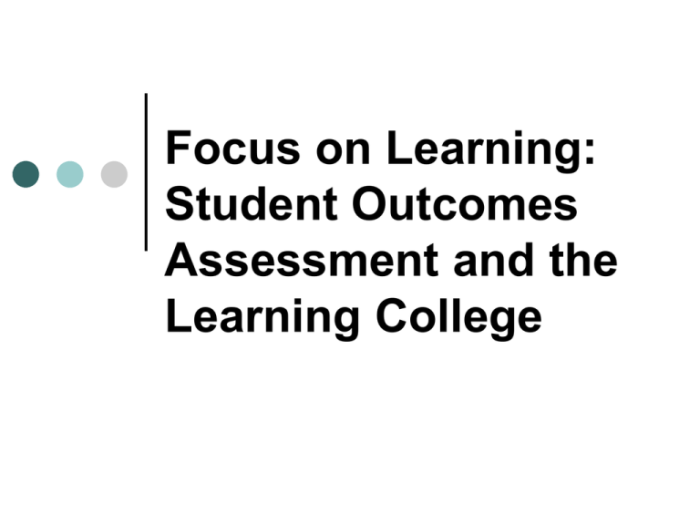While in class focus on the projected powerpoint slides and establishes a dynamic learning environment where students actively engage with the presented material. This approach not only enhances student engagement but also promotes effective learning outcomes. By optimizing slide design, incorporating interactive elements, and fostering visual learning, educators can create a captivating and inclusive learning experience that caters to the diverse needs of students.
The content of the second paragraph that provides descriptive and clear information about the topic
Student Engagement with Projected Slides

Engaging students with projected slides during class time is crucial for effective learning. By focusing on the slides, students can actively participate in the lesson, enhance their comprehension, and retain information more effectively.
To promote student engagement, teachers should ensure that slides are clear, concise, and visually appealing. They should also incorporate interactive activities, such as polls, quizzes, or discussion questions, to keep students engaged and encourage participation.
Tips for Staying Engaged
- Take notes on key points and any questions you have.
- Participate in class discussions and ask questions.
- Review the slides before and after class to reinforce learning.
Note-Taking Techniques: While In Class Focus On The Projected Powerpoint Slides And

Effective note-taking while focusing on projected slides is essential for retaining information and improving comprehension. Students should identify and prioritize key points, organize their notes logically, and use abbreviations or symbols to save time.
The Cornell Method is a popular note-taking technique that involves dividing a page into three sections: notes, cues, and summary. The notes section contains the main points, while the cues section includes questions or s that help recall information. The summary section provides a concise overview of the topic.
Organizing and Reviewing Notes
- Use headings and subheadings to structure your notes.
- Highlight or underline important concepts.
- Review your notes regularly to reinforce learning.
Visual Learning and Retention
Visual learning is a powerful tool for enhancing understanding and retention. Projected slides provide visual cues that can help students connect with the material and remember it more easily.
Visuals can include images, charts, graphs, or diagrams. They can help students understand complex concepts, make connections between ideas, and recall information more effectively.
Benefits of Visuals, While in class focus on the projected powerpoint slides and
- Improve memory and recall.
- Enhance understanding of complex concepts.
- Make learning more engaging and interactive.
Accessibility and Inclusivity
Accessibility is crucial in slide presentations to ensure that all students have equal access to the material. Slides should be designed with clear fonts, appropriate colors, and alternative text for images.
Assistive technologies, such as screen readers or magnifiers, can help students with disabilities access and engage with the slides.
Tips for Accessibility
- Use clear and concise language.
- Provide alternative text for images.
- Consider using assistive technologies to enhance accessibility.
Slide Design and Organization

Effective slide design and organization are essential for delivering a clear and engaging presentation. Slides should be visually appealing, well-organized, and easy to navigate.
Design principles such as contrast, alignment, and repetition can help create slides that are both aesthetically pleasing and informative.
Tips for Slide Design
- Use high-contrast colors and fonts.
- Align elements consistently.
- Use repetition to create visual unity.
Tips for Organization
- Use a logical flow of information.
- Limit the amount of text on each slide.
- Use headings and subheadings to structure your slides.
Q&A
How can I ensure that students stay focused on the projected slides?
Incorporate interactive elements, such as quizzes, polls, or discussion prompts, into your slide presentations. Encourage students to take notes and ask questions during the presentation.
What are some effective note-taking strategies for projected slides?
Use a combination of written notes and visual cues, such as highlighting, underlining, or sketching. Organize your notes logically and review them regularly to enhance comprehension.
How can I make my slide presentations more visually appealing and engaging?
Use high-quality images, videos, and animations to illustrate key concepts. Experiment with different slide layouts, fonts, and color schemes to create visually appealing and informative slides.
